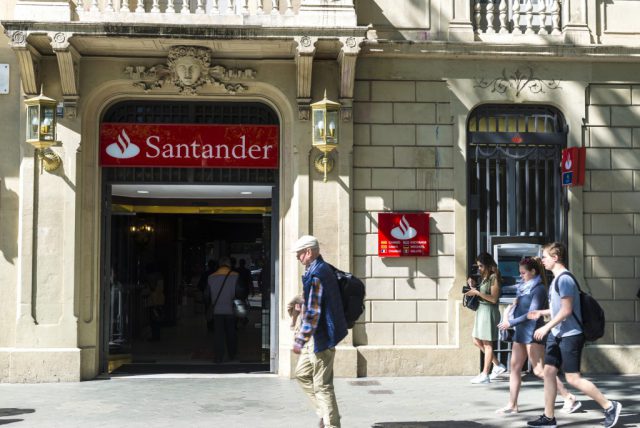Average house prices rise in England at start of 2017
The average price of a property in England increased slightly month-on-month to January, but fell in Scotland and Wales, according to new data released by Home.co.uk.
Average values in England rose by 0.3% from December, but fell by 0.2% in Wales and 0.3% in Scotland.
Price Rises
Property price growth in England was driven by a 1.9% month-on-month rise in the East, taking the average house price value here to a record £348,651 per month.
The East and West Midlands saw some of the highest annual rent increases, of 11.4% and 12% respectively.
However, greater London saw the slowest growth in England, with a monthly rise of 0.1%. Prices in the capital are now 1.2% less than one year ago.
Annual house price growth for England and Wales slipped to 3%, while in Scotland, growth was 2.3%. As such, the average price in England and Wales stands at £298,445 and in Scotland, £177,037.
Buy-to-Let Strength
Doug Shephard, director of Home.co.uk, feels that prices could increase in regions where rents are rising and suggests this is a sign that buy-to-let investment is strong.

Average house prices rise in England at start of 2017
Shephard said: ‘It is an established fact that some of the best BTL yields in the country are to be found in the North, and Yorkshire will not be alone in attracting the attention of investors going forward.’[1]
‘On the basis of buy to let investment yield, Wales, the North East and Scotland also look promising. However, the various new tax rules recently imposed will mean astute investors will be incentivised to focus on locations that offer the best yields and rising rents,’ he continued.[1]
Rents
Moving on, Shephard observed: ‘Home prices have been, are, and always will be underpinned by rents. Yields, be they dividends, interest on capital or rents, are always tied to the underlying investment. In today’s near zero interest rate environment and volatile stock markets, unprecedented sums have been ploughed in to the property market in search of a decent return on capital.’[1]
‘In today’s property market it is investment, or lack of, in the private rented sector that ultimately will dictate the direction of the regional markets. Moreover, should the sector be further disincentivised, for example by more regulation or taxation, then we may see the whole market turn to the downside,’ he concluded.[1]
[1] http://www.propertywire.com/news/uk/home-prices-marginally-england-fall-scotland-wales-start-2017/






